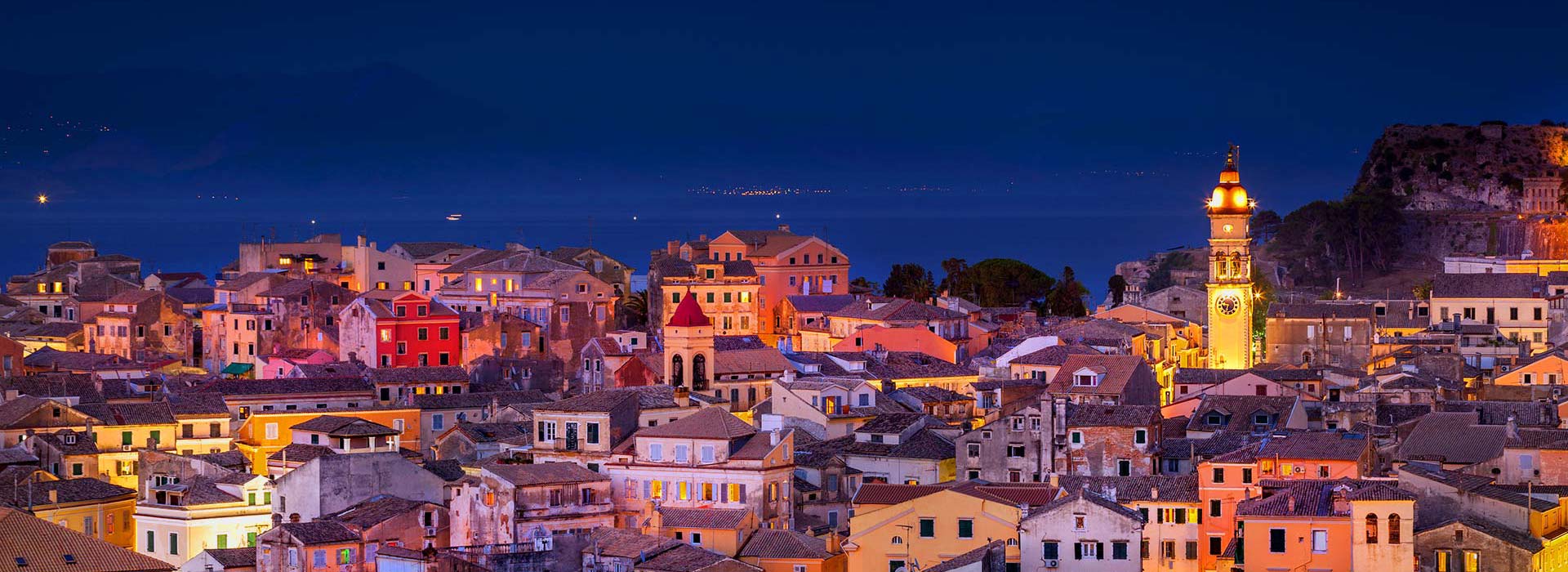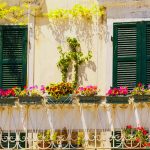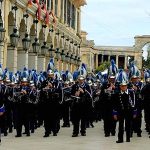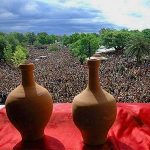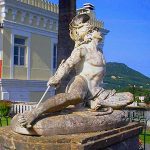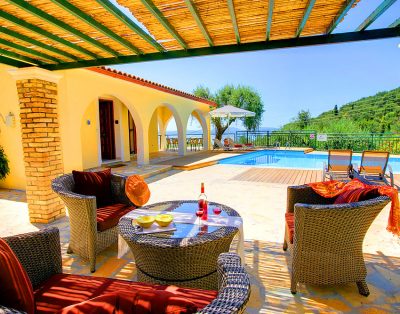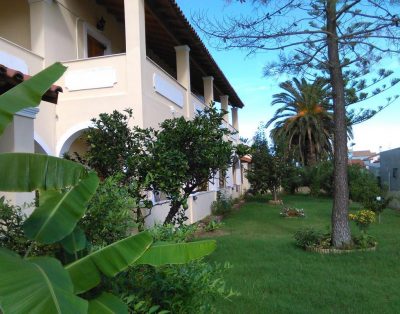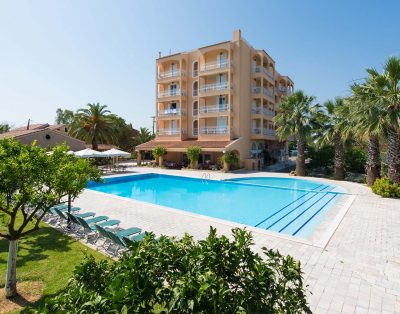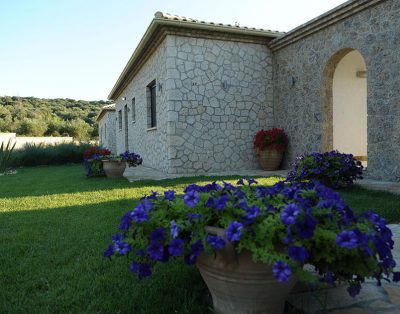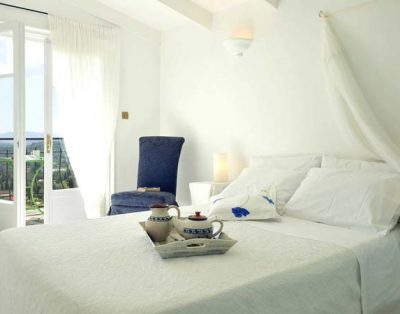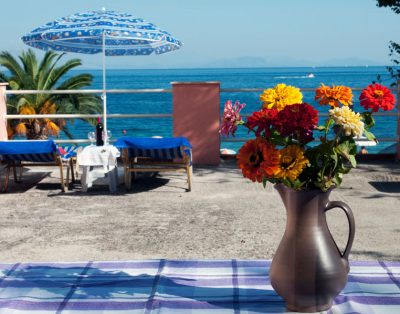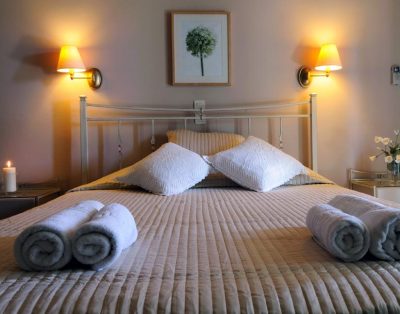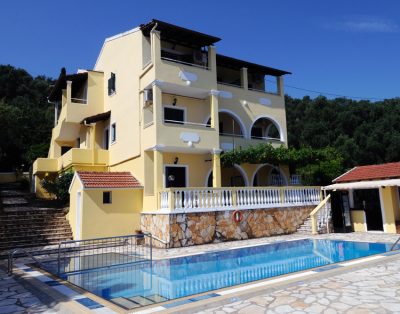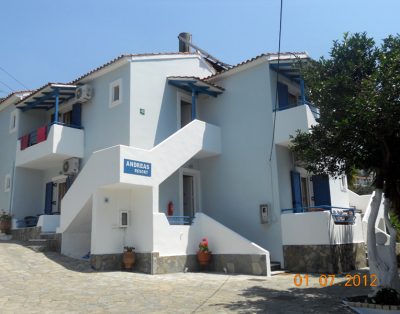Corfu Town
The island of Corfu is located just off the West coast of Greece. Corfu enjoys a mild Mediterranean climate along with excellent beaches making it a perfect destination for holiday makers. Corfu is very green compared to other Greek islands: hot and dry summers along with winter rain creates lush vegetation which is dominated by over 2 million olive trees.
It is the second largest of the Ionian Islands, and, including its small satellite islands, forms the northwesternmost part of Greece.
From medieval times and into the 17th century, the island was recognised as a bulwark of the European States against the Ottoman Empire and became one of the most fortified places in Europe. The fortifications of the island were used by the Venetians to defend against Ottoman intrusion into the Adriatic. Corfu repulsed several Ottoman sieges, before passing under British rule following the Napoleonic Wars.
It is the second largest of the Ionian Islands, and, including its small satellite islands, forms the northwesternmost part of Greece.
From medieval times and into the 17th century, the island was recognised as a bulwark of the European States against the Ottoman Empire and became one of the most fortified places in Europe. The fortifications of the island were used by the Venetians to defend against Ottoman intrusion into the Adriatic. Corfu repulsed several Ottoman sieges, before passing under British rule following the Napoleonic Wars.

Corfu Old Town
The city of Corfu stands on the broad part of a peninsula, whose termination in the Venetian citadel (Greek: Παλαιό Φρούριο) is cut off from it by an artificial fosse formed in a natural gully, with a seawater moat at the bottom, that now serves as a marina and is called the Contrafossa. The old town, having grown within fortifications, where every metre of ground was precious, is a labyrinth of narrow streets paved with cobblestones, sometimes tortuous but colourful and clean. These streets are known as kantoúnia (Greek: καντούνια), and the older amongst them sometimes follow the gentle irregularities of the ground; while many are too narrow for vehicular traffic. A promenade rises by the seashore towards the bay of Garitsa (Γαρίτσα), together with an esplanade between the city and the citadel known as Spianada with the Liston (it) arcade (Greek: Λιστόν) to its west side, where restaurants and bistros abound.
The city of Corfu stands on the broad part of a peninsula, whose termination in the Venetian citadel (Greek: Παλαιό Φρούριο) is cut off from it by an artificial fosse formed in a natural gully, with a seawater moat at the bottom, that now serves as a marina and is called the Contrafossa. The old town, having grown within fortifications, where every metre of ground was precious, is a labyrinth of narrow streets paved with cobblestones, sometimes tortuous but colourful and clean. These streets are known as kantoúnia (Greek: καντούνια). A promenade rises by the seashore towards the bay of Garitsa (Γαρίτσα), together with an esplanade between the city and the citadel known as Spianada with the Liston (it) arcade (Greek: Λιστόν) to its west side, where restaurants and bistros abound.
Upper and Lower Square and the Music Pavilion
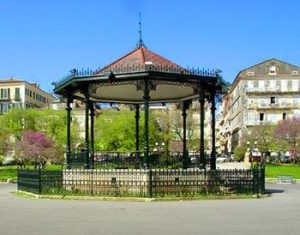
Near the old Venetian Citadel a large square called Spianada is also to be found, divided by a street in two parts: ``Ano Plateia`` (literally: ``Upper square``) and ``Kato Plateia`` (literally: ``Lower square``), (Ανω Πλατεία and Κάτω Πλατεία in Greek). This is the biggest square in South-Eastern Europe and one of the largest in Europe, and replete with green spaces and interesting structures, such as a Roman-style rotunda from the era of British administration, known as the Maitland monument, built to commemorate Sir Thomas Maitland. An ornate music pavilion is also present, where the local ``Philharmonikes`` (Philharmonic Orchestras) (Φιλαρμονικές), mount classical performances in the artistic and musical tradition for which the island is well known. ``Kato Plateia`` also serves as a venue where cricket matches are held from time to time. In Greece, cricket is unique to Corfu, as it was once a British protectorate.
Old Palace Corfu and its Gardens
View of the Palace of Saints Michael and George (Palaia Anaktora). The gates of St. Michael and St. George are on the left and right respectively. The gardens are to the right of the arch of St. George. The statue of Sir Frederick Adam, a British governor of Corfu, is at the front. The Garden of the People at the Palace of St. Michael and St. George (Palaia Anaktora) with the Ionian Sea in the background. Just to the north of ``Kato Plateia`` lie the ``Palaia Anaktora`` (Παλαιά Ανάκτορα: literally ``Old Palaces``): a large complex of buildings of Roman architectural style which formerly housed the Kings of Greece, and prior to that the British Governors of the island. It was then called the Palace of Saints Michael and George. The Order of St. Michael and St. George was founded here in 1818 with motto auspicium melioris aevi, and is still awarded by the United Kingdom.
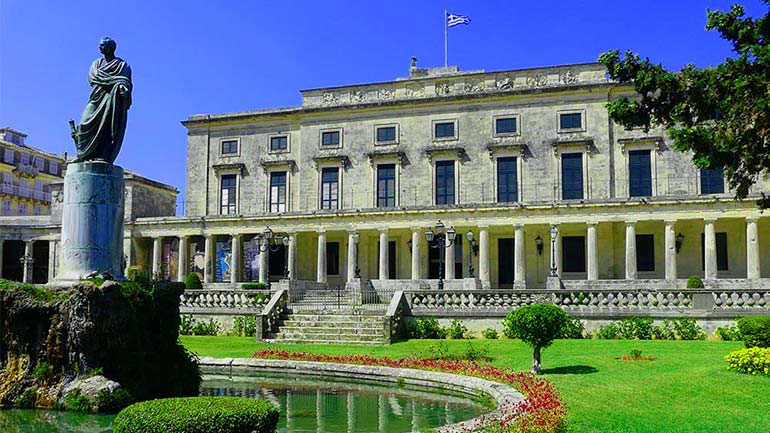
Palaia Anaktora
Today the palace is open to the public and forms a complex of halls and buildings housing art exhibits, including a Museum of Asian Art, unique across Southern Europe in its scope and in the richness of its Chinese and Asian exhibits. The gardens of the Palaces, complete with old Venetian stone aquariums, exotic trees and flowers, overlook the bay through old Venetian fortifications and turrets, and the local sea baths (Μπάνια τ' Αλέκου) are at the foot of the fortifications surrounding the gardens.
Today the palace is open to the public and forms a complex of halls and buildings housing art exhibits, including a Museum of Asian Art, unique across Southern Europe in its scope and in the richness of its Chinese and Asian exhibits. The gardens of the Palaces, complete with old Venetian stone aquariums, exotic trees and flowers, overlook the bay through old Venetian fortifications and turrets, and the local sea baths (Μπάνια τ' Αλέκου) are at the foot of the fortifications surrounding the gardens. A café on the grounds includes its own art gallery, with exhibitions of both local and international artists, known locally as the Art Café. From the same spot, the viewer can observe ships passing through the narrow channel of the historic Vido island (Νησί Βίδου) to the north, on their way to Corfu harbour (Νέο Λιμάνι), with high speed retractable aerofoil ferries from Igoumenitsa also cutting across the panorama. A wrought-iron aerial staircase, closed to visitors, descends to the sea from the gardens; the Greek royal family used it as a shortcut to the baths. Rewriting history, locals now refer to the old Royal Gardens as the ``Garden of the People`` (Ο Κήπος του Λαού).
Old Fortress Corfu
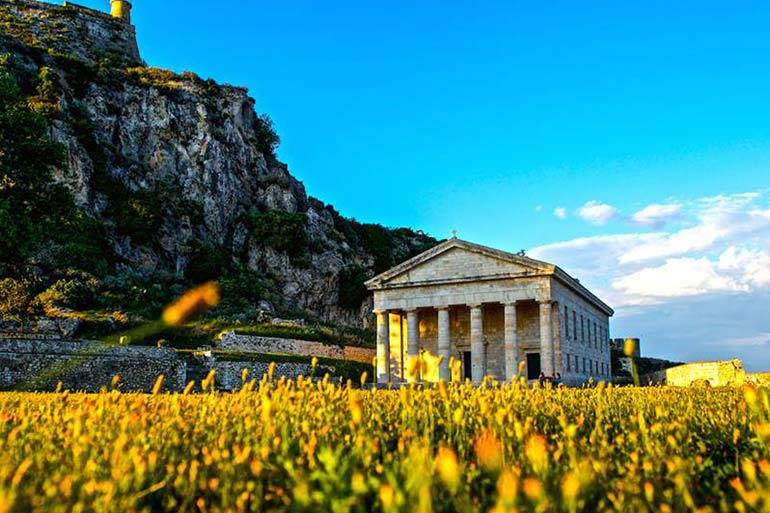
The old citadel (in Greek Palaio Frourio (Παλαιό Φρούριο) is an old Venetian fortress built on an artificial islet with fortifications surrounding its entire perimeter, although some sections, particularly on the east side, are slowly being eroded and falling into the sea. Nonetheless, the interior has been restored and is in use for cultural events, such as concerts (συναυλίες) and Audio Visual Productions (Ηχος και Φως). These events take place amidst the ancient fortifications, with the Ionian sea in the background. The central high point of the citadel rises like a giant natural obelisk complete with a military observation post at the top, with a giant cross at its apex; at the foot of the observatory lies St. George's church, in a classical style punctuated by six Doric columns, as opposed to the Byzantine architectural style of the greater part of Greek Orthodox churches.
Corfu Old Town
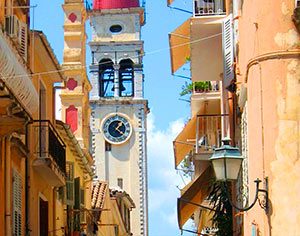
The Old Town of Corfu city is an UNESCO World Heritage Site. In several parts of the old city, buildings of the Venetian era are to be found. The old city's architectural character is strongly influenced by the Venetian style, its small and ancient sidestreets, and the old buildings' trademark arches are particularly reminiscent of Venice. Of the thirty-seven Greek churches, the most important are the city's cathedral, the church dedicated to Our Lady of the Cave (η Παναγία Σπηλιώτισσα Saint Spyridon church, wherein lies the preserved body of the patron saint of the island and finally the suburban church of St Jason and St Sosipater (Αγιοι Ιάσων και Σωσίπατρος), reputedly the oldest in the island, and named after the two saints probably the first to preach Christianity to the Corfiots.

